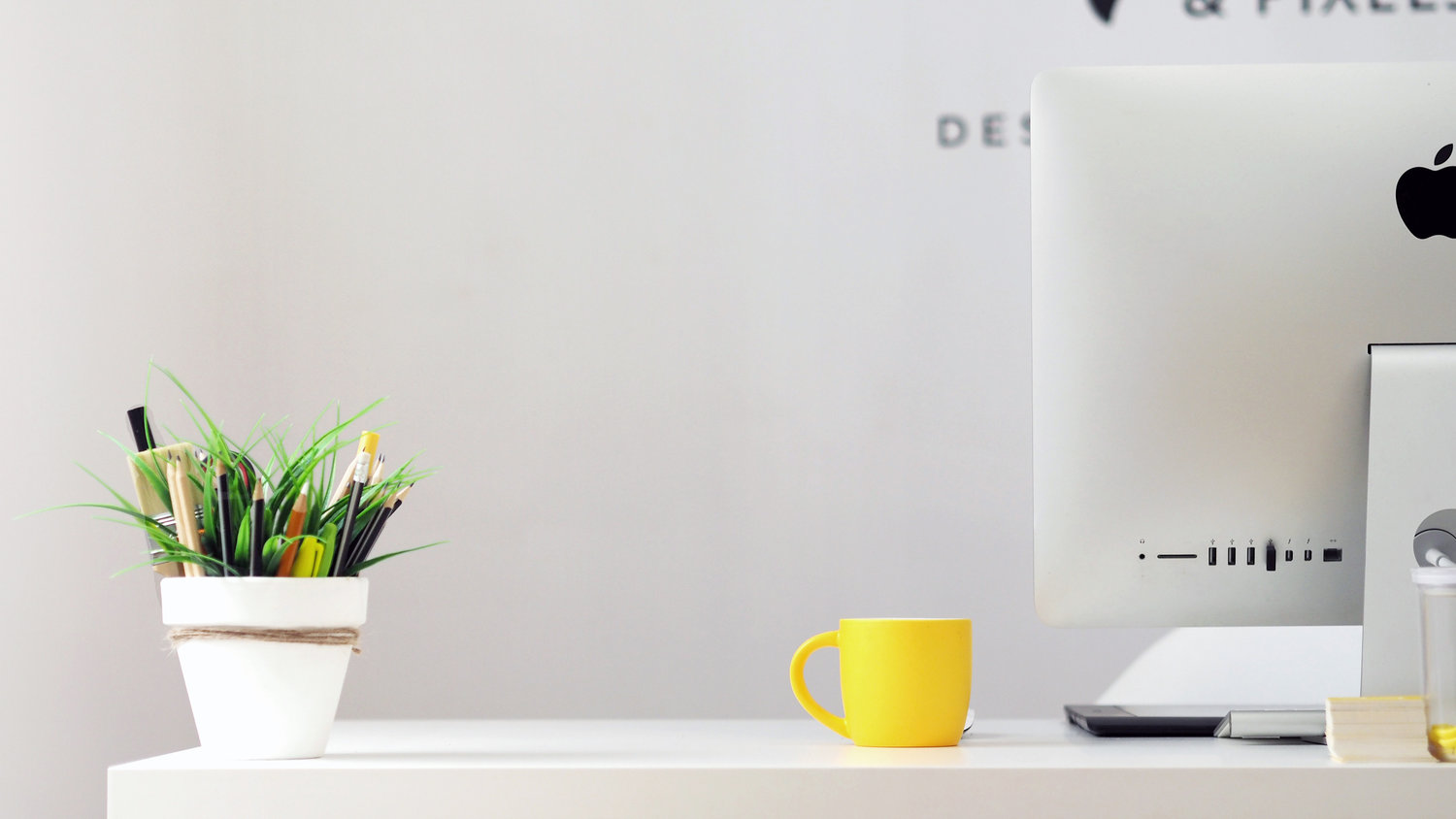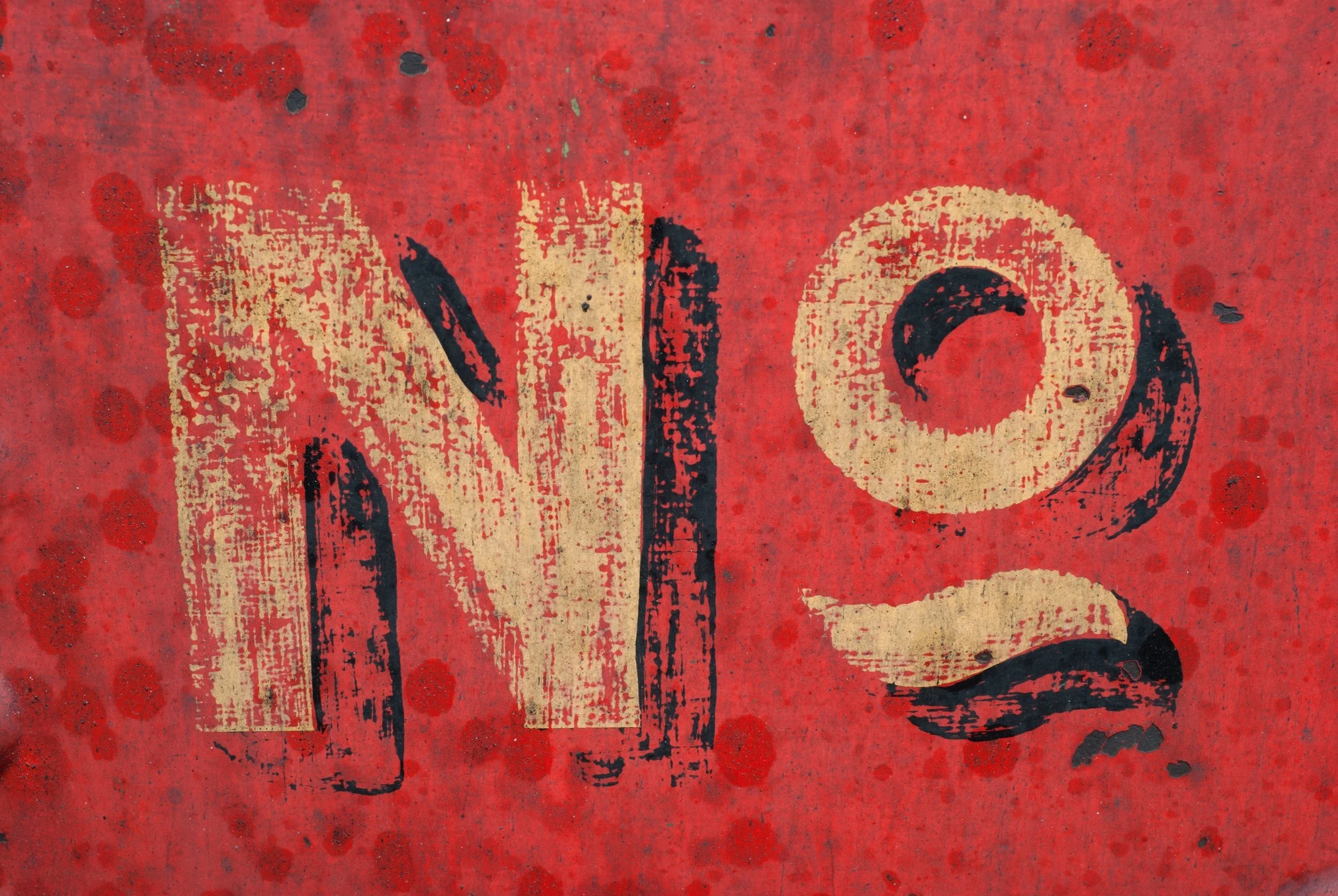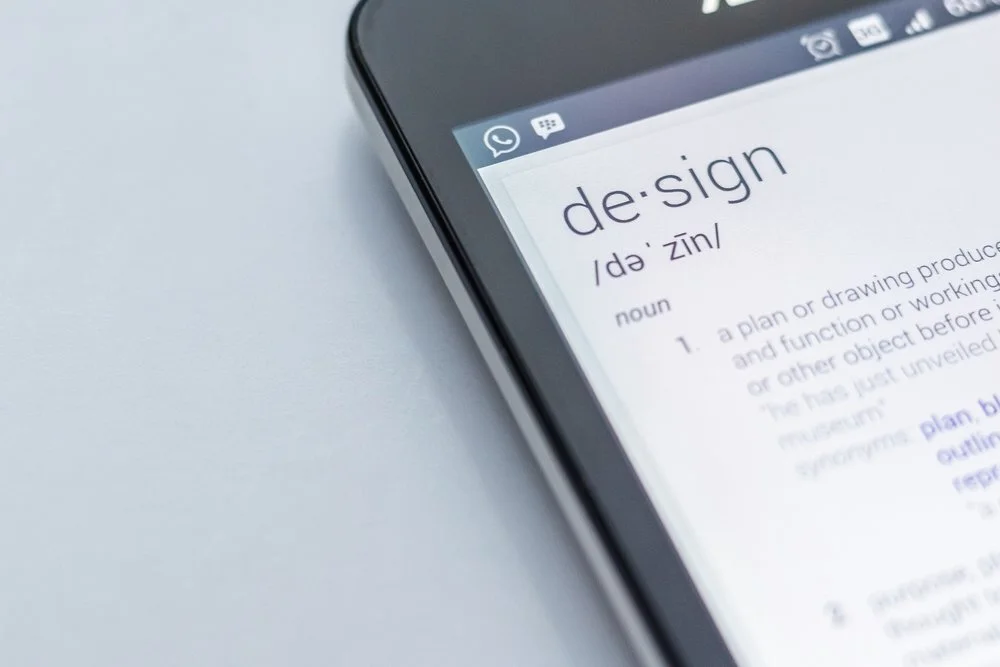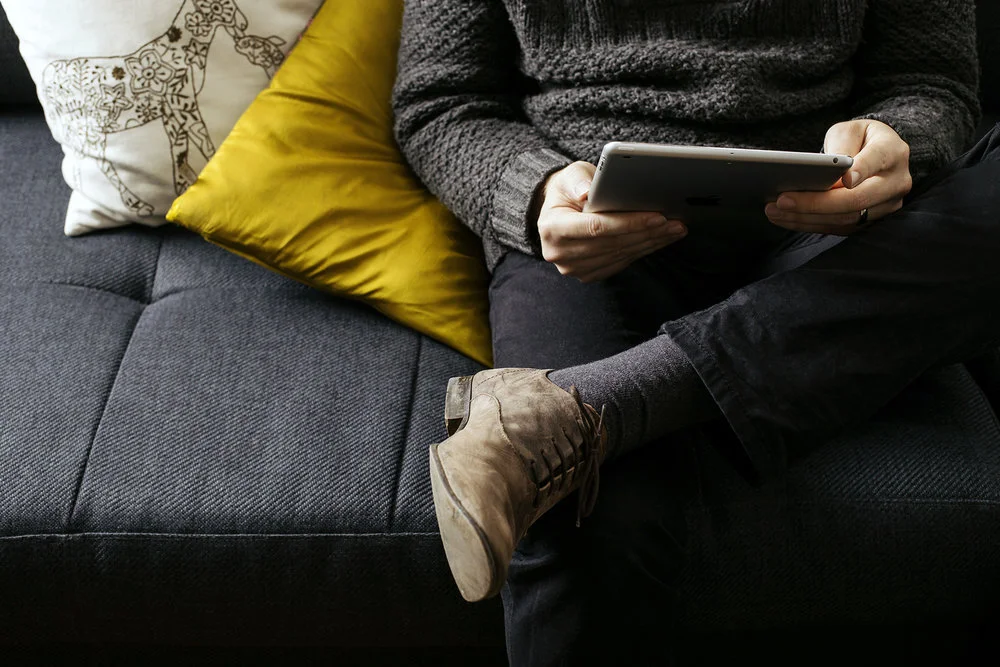Completely devoid of design sense? Struggling to put in words why others should support your business? It may be time to bring some outside help in. Whether you’re thinking about hiring an agency, graphic designer, or web designer, there’s a few things you need to know before hiring outside help.
We’ve pulled together some of our best articles from over the last year to help answer some of the big questions you’ll run into when hiring outside help.
Whether you’re a new business just getting off the ground, your business is suddenly growing, or you’ve just realized you’re in too deep — we’ve got an article here for you.
Best post if you’re just getting started: The essentials: Must have marketing assets for new businesses
You know you need the basics like a logo and business cards – but what other marketing assets should you make a priority? We’re here to tell you what you need it, why you need it, when you need it, and how you get it.
Best post if you’re looking into doing a rebrand: 7 reasons why you should invest in a professional logo design
Your logo is an integral part of your brand. It identifies you. It distinguishes you. And it creates consistency across everything you do. This post breaks down how a professional can design a logo that has meaning, purpose and power.
Best post if you’re in the process of finding a designer: 15 Questions to ask your designer before hiring them
Entrusting your business’s online presence to a trained professional is an excellent choice. However, before journeying any further, there’s something you must consider: you’re the boss. Like with any other hire, it’s your responsibility to find the right talent to perform the task. Here are 15 questions you should ask a designer before shouting, in boss-like fashion, “you’re hired!”
Best post if you might need website help: Pros and Cons: DIY Web Design vs. Hiring a Web Designer
You’re in need of a new website, but you’re not sure if you should take a stab at it yourself or hire outside help. It all depends on your needs. While web site builders make it easier than ever for non-designers to pull together their own website, they don’t work for everyone. If you’re a tech savvy business owner who needs a simple site, they might be a great option. But, if you’re tech-challenged, short on time, or in need of a more custom site you probably need to consider hiring a web designer.
Best post if you already know you need website help: What’s the difference between a graphic designer and a developer?
As online tools make it easier for people to learn new skills there’s been more and more overlap between the jobs of graphic designer and developer. Although they are experiencing more and more of each other’s worlds, there are still several clear-cut differences between the skillsets of graphic designers and developers — so, who do you need to hire?
Best post no matter who you are: How to give honest feedback without frustrating your designer
If you do it right, giving feedback won’t be perceived as negative. In fact, it’s an important part of the design process – and it’s something that your designer is anticipating. But giving feedback in an unproductive way can lead to an overall unproductive relationship between you and the creative you hired.
Hue & Tone: Your new marketing partner
You probably made it to this blog post because you’re considering hiring an outside designer. We’d love to throw our hat in the ring! 🎩🙋🏻♀️No matter who you are or what stage your business is at, we’d love to sit down and tell you why we’re the right marketing partner for you. Let’s set something up: 336-365-8559.



















